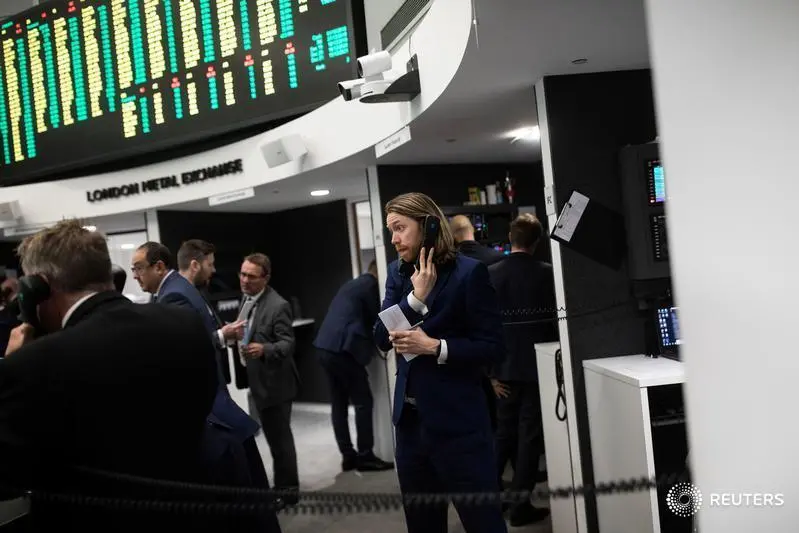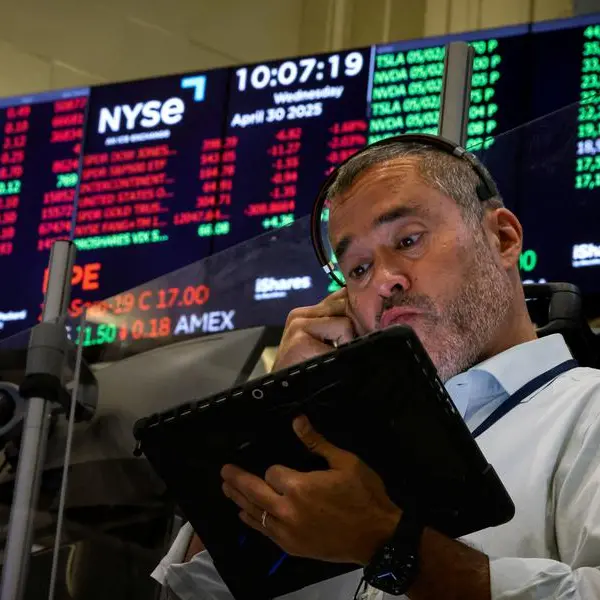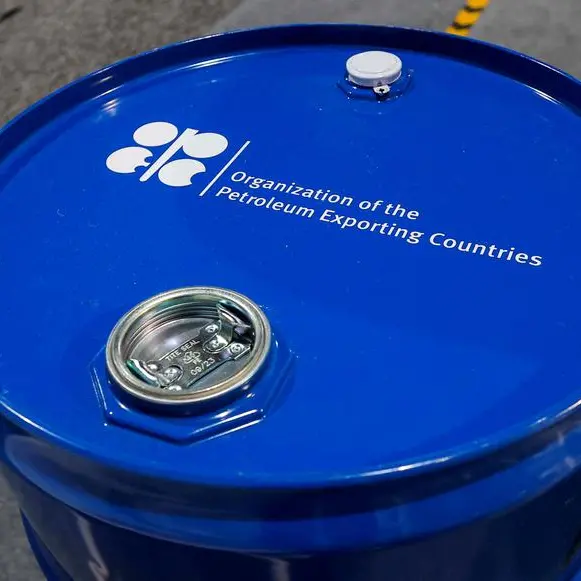PHOTO
Traders work on the floor of the London Metal Exchange, in London, Britain September 27, 2018. REUTERS/Simon Dawson - RC150B0EE410
LONDON - It says much about the London Metal Exchange that the focal point of its trading liquidity revolves around shipping times set in the late 19th century.
It took three months for Chilean copper and Malaysian tin to arrive in London when the LME was formally established in 1877. Modern ships can do the journey in a third of the time, but the LME's anchor price remains a rolling three-month contract.
The LME also retains one of the last surviving open outcry venues - its original red-seated ring - although it now co-exists with inter-office and electronic trading.
While other commodities exchanges have adopted a standardised monthly futures trading model, the LME remains at heart an arrivals market with a bewildering array of daily, weekly and monthly prompt dates.
This complex ecosystem serves to disperse liquidity across both dates and trading venues, but many of the LME's own members have played a part in fragmenting the marketplace.
The exchange has realised that if it is to remain a global metals trading hub in the 21st century, it needs to find a way to stop the liquidity drain.
FRAGMENTED LIQUIDITY
The core role of any exchange is "to centralise liquidity and provide the golden source for price information", to quote the LME's "White Paper on Enhancing Liquidity", released last week.
Yet only 48% of last year's traded volumes were transacted on the LMESelect electronic platform. This is a very low ratio by comparison with most other exchanges, which capture more than 95% of trades on a central electronic platform.
Moreover, while the rolling three-month date provides a liquidity point for electronic trading, that's not reflected in the distribution of open interest.
Around 75% of total open interest sits on the monthly third-Wednesday prompt dates even though only 2% of these trades are currently transacted through the central electronic system.
Quite evidently, a lot of trading activity is bypassing the LME's centralised dealing system to the detriment of price competition and transparency.
DARK POOLS
To some extent this has always been a problem.
The complexity of the LME's date structure requires the mediating skills of exchange members, whether it be to adjust a trade from the rolling three-month date to a monthly prompt or to structure an averaging trade for monthly price hedgers.
That's the essence of the inter-office section of the market.
LME members have always sought to offset such customer trades on their own trading books, meaning what's executed on exchange is a net fraction of the actual order flow.
What's changed in the last decade, however, is the proliferation of proprietary member trading systems. The traditional intermediary function has been industrialised.
The re-routing of liquidity from the exchange to the inter-office market has been compounded by the growing number of users opting for an over-the-counter trading relationship with LME members.
The European Market Infrastructure Regulation adopted in 2012 was intended to drive more OTC business onto exchanges. But it has backfired spectacularly when it comes to the LME.
The stricter rules on collateral have driven many smaller industrial users of the LME to OTC relationships with banks offering credit lines as part of the brokerage package.
Together with proprietary price-streaming platforms, the effect has been to create multiple dark pools of liquidity sitting close to, but not on, exchange.
The regulatory vulnerabilities created by this fragmentation were highlighted by the 2022 nickel crisis, when the LME lacked a clear understanding of positions that sprawled across both exchange and OTC platforms operated by multiple members.
BLOCK TRADE THRESHOLDS
The primary goal of the LME's package of proposals in the White Paper "is to increase liquidity in the central electronic venue which will ultimately improve the bid-offer spread and support better execution for end clients".
There are many components to the LME's liquidity booster plan, but the core is a proposal to introduce block trade thresholds.
Block trades are normally large-scale transactions negotiated outside of the electronic order book before being registered with the exchange.
Thresholds are already standard practice in other exchanges and block trades typically account for less than 5% of traded volumes in peer markets, the LME noted.
On the London exchange, by contrast, more than half of the exchange's volumes are conducted in the inter-office market, where there are no caps.
The LME is proposing a threshold of 10 lots for its core base metals contracts, excluding tin. Any trade below that size will be required to be executed electronically.
Daily prompts and cash date trading will be excluded in a nod to the exchange's industrial users seeking to lock in an average monthly price to match their physical pricing.
FEAR OF MISSING OUT
As ever with the LME, reform will be a slow process. The exchange is targeting the second half of next year to introduce any changes.
Members will likely fight a rearguard action, arguing over the devilish details.
But the LME is right to try to halt this growing fragmentation, if it wants to grab a share of the renewed investor interest in industrial metals such as aluminium, copper and nickel that are critical for decarbonisation.
CME Group has up to now reaped most of the rewards from the heightened investor appetite for all things metallic.
The U.S. exchange has successfully launched new contracts for battery metals lithium and cobalt, while also rolling out micro and weekly options products to enhance its benchmark copper contract.
The LME, by contrast, is currently too complex a trading landscape for many new investors. The fact that half of the exchange's trades are currently not visible on what is supposed to the central trading venue doesn't help.
If the LME is to retain its position as price setter for the world's metals trade, it's time to evolve from its 19th century business model.
The opinions expressed here are those of the author, a columnist for Reuters.
(Editing by Jan Harvey)





















